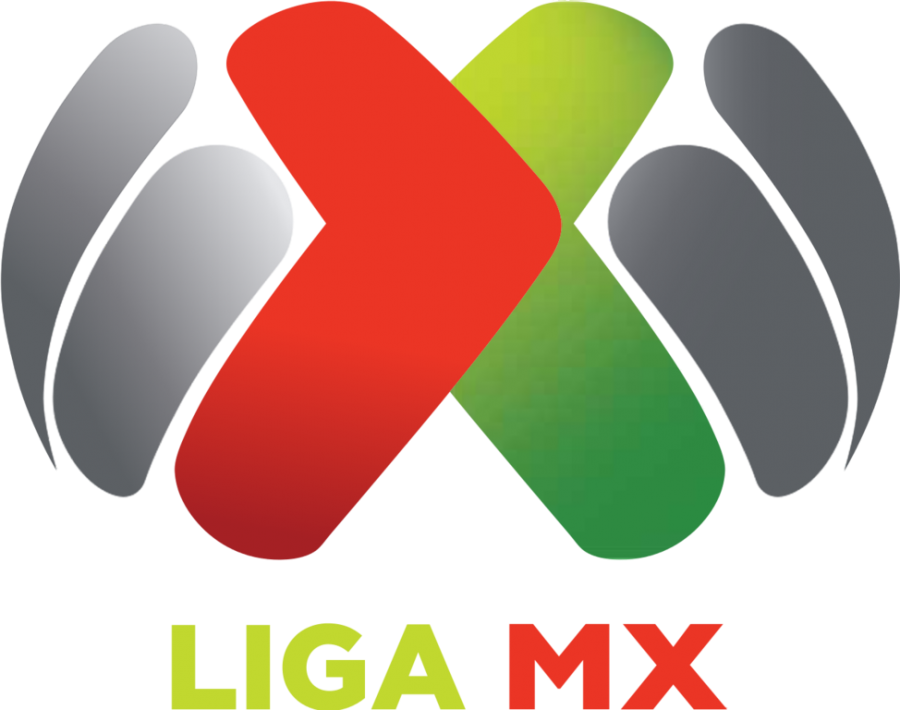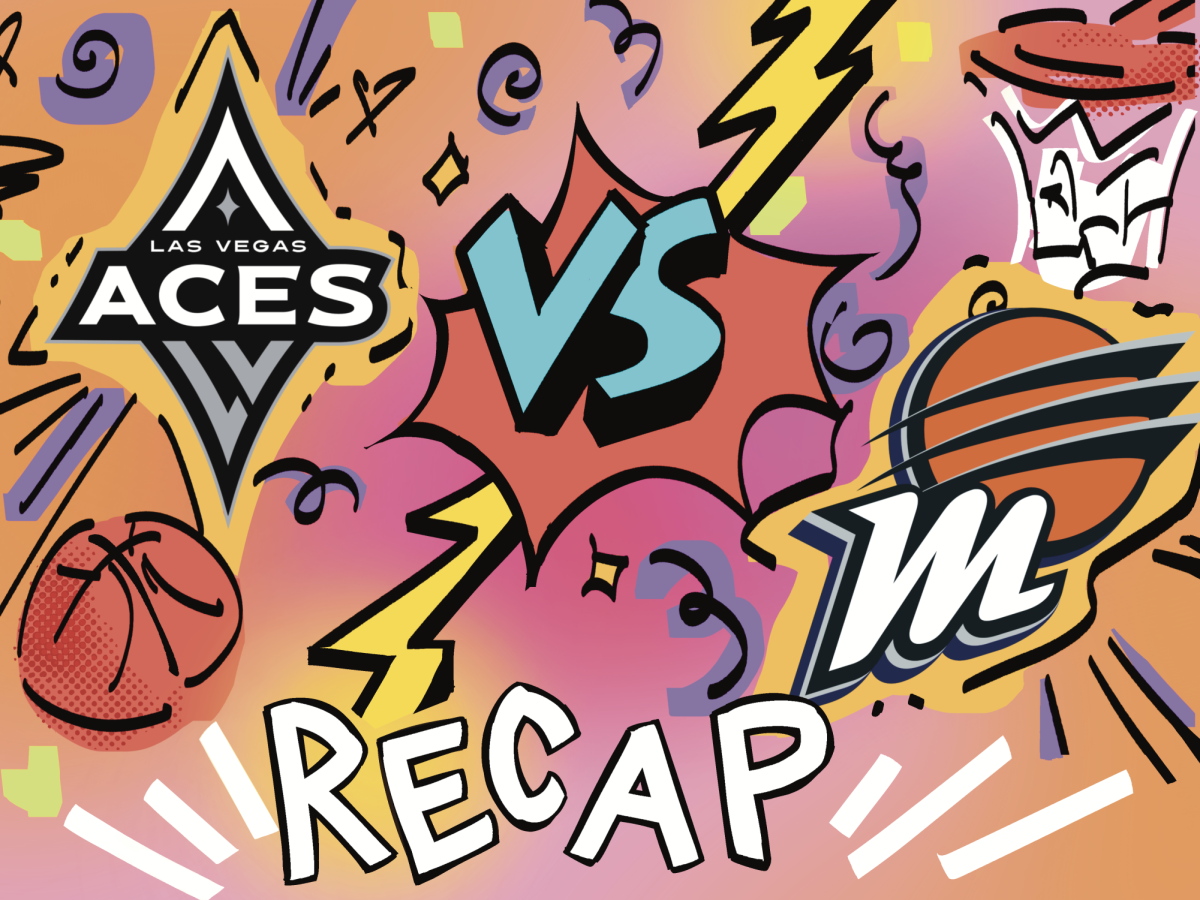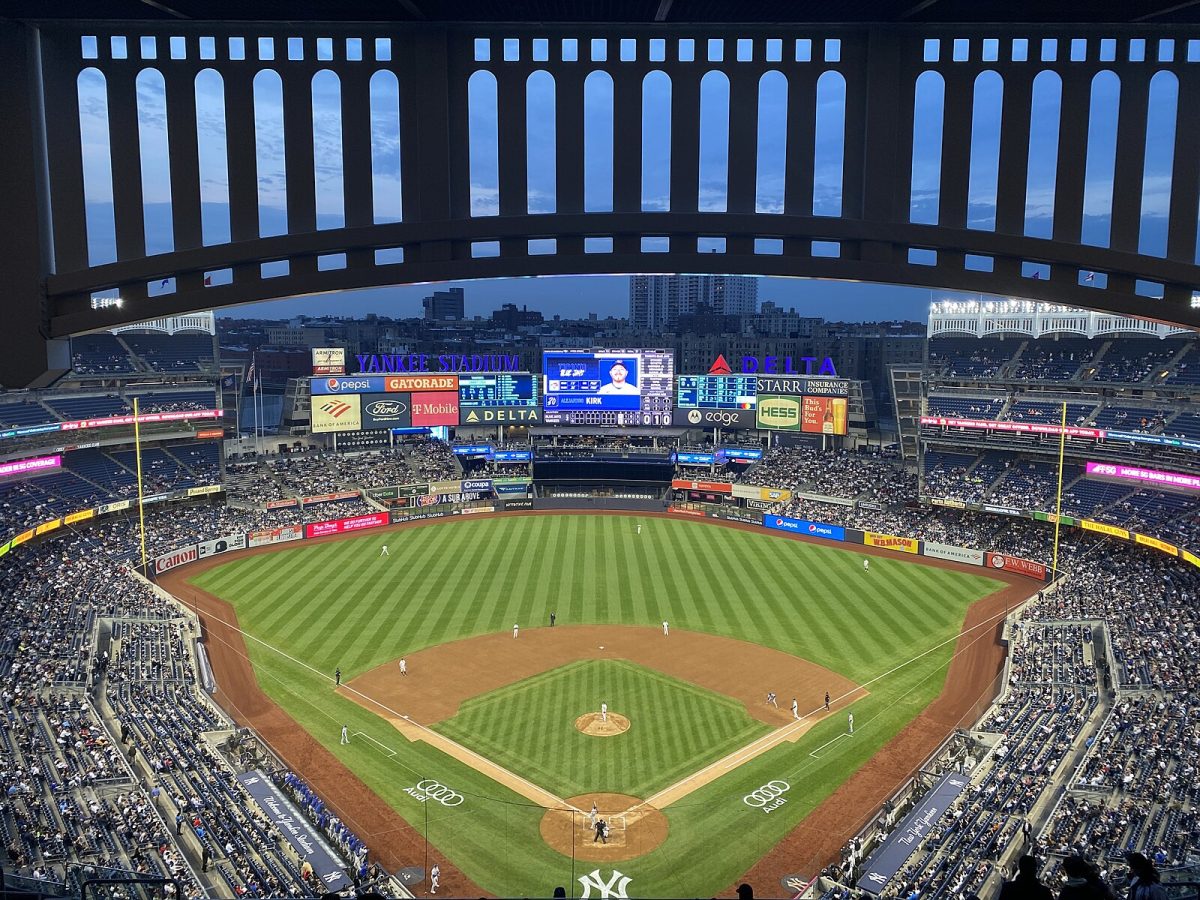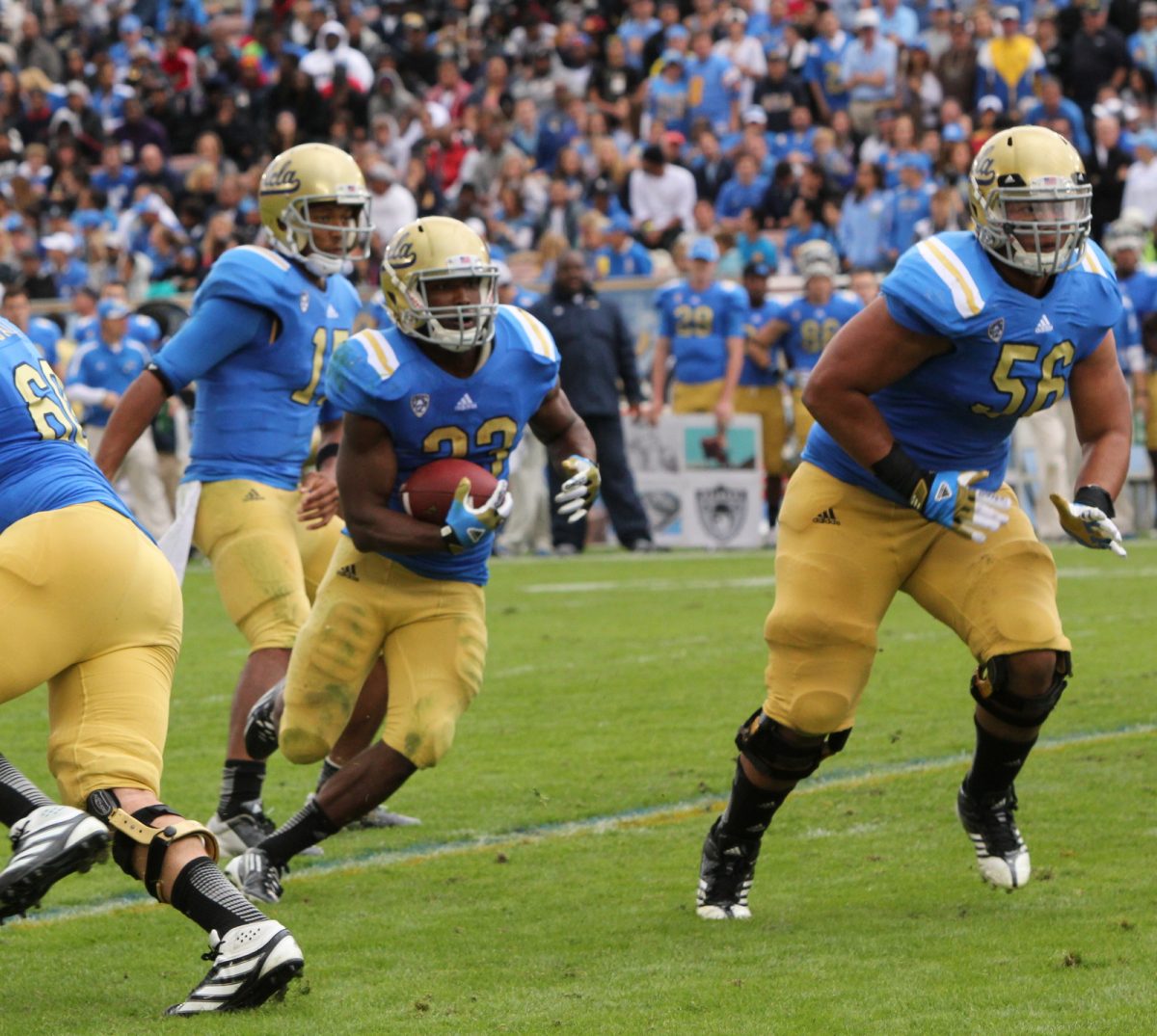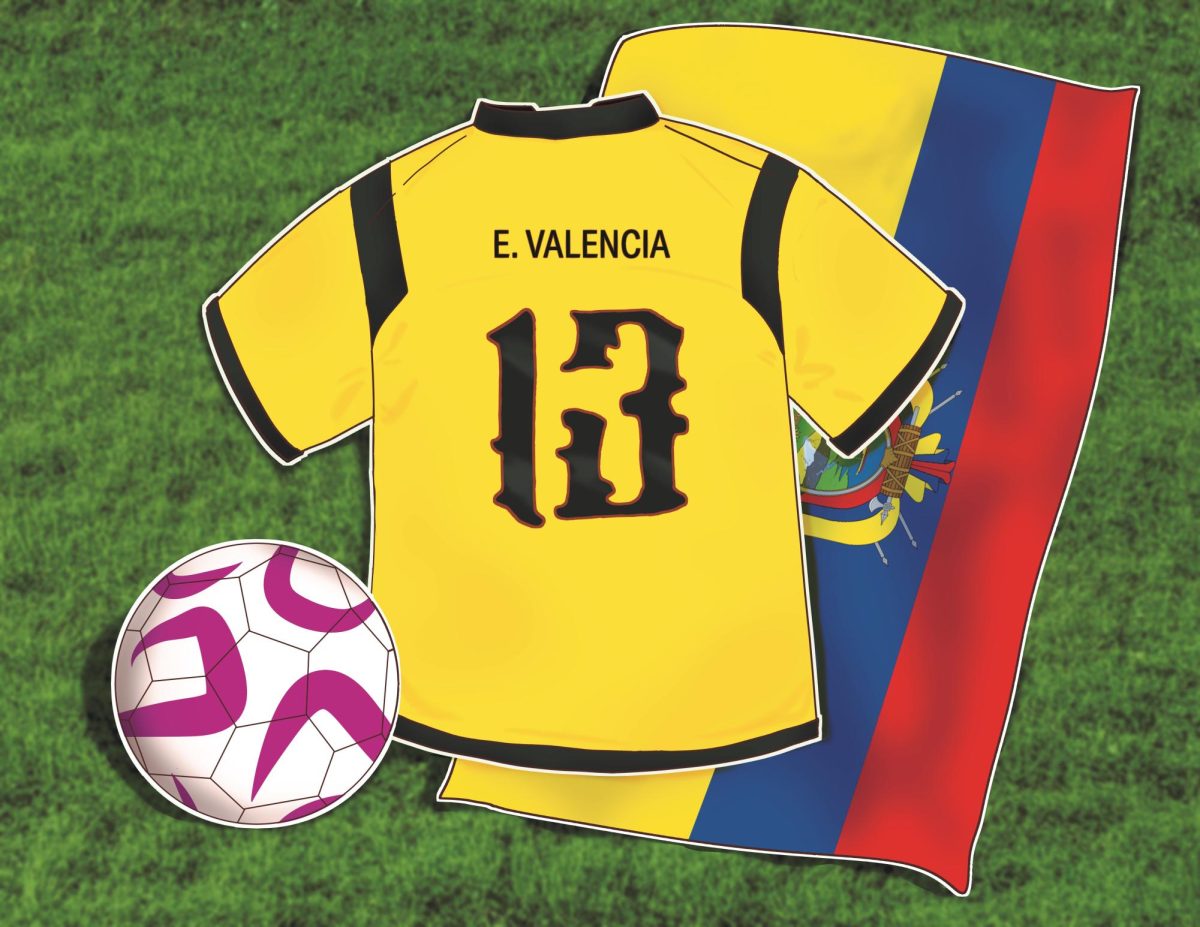In the United States, the most watched league is not the Premier League of England, La Liga of Spain or even America’s own Major League Soccer. Fútbol supremacy in the States belongs to Liga MX of Mexico. Averaging 737,000 viewers in 2019, as well as half of soccer viewership through Spanish-language channels TUDN and other Univision networks, Mexican fútbol has had significant influence on the landscape of American soccer, showcasing talent, passion and drama that the United States can only dream of.
However, soccer in America has a certain quality that has proved elusive to the Mexican league — financial stability. In a bid to gain some semblance of stability, especially in the face of a potential weekly loss of $700 million, Liga MX announced that their promotion and relegation system has been suspended for the next five years, in exchange for annual parachute payments of 240 million pesos. These payments will be split among the 12 clubs in the second division of Mexican soccer, Ascenso MX.
Although this decision came as a shock to many Mexican soccer figures, including current Mexican internationals Carlos Vela and Hector Moreno, the most scathing criticism came from El Tri legend Rafa Marquez. “When you take away some of the competition that is so important, a promotion or a descent, you take away the soul of sportsmanship that must be in any sport,” Marquez said when asked about the possibility of the elimination of promotion and relegation. However, this decision was arguably the tip of the iceberg regarding financial issues both in Liga MX and the second division.
All soccer leagues need owners who have enough money to invest in their clubs while also keeping a level of stability. In Mexico, stable owners are in short supply and the practice of multi-ownership is rampant. Considered by many to be a plague to the sport, multi-ownership occurs when a conglomerate group owns multiple clubs. While these groups have the means to stably run multiple clubs, multi-ownership presents an obvious conflict of interest. Many groups must choose which club in their group to invest in. Although Liga MX president Enrique Bonilla went on record stating his desire to end multi-ownership back in 2013, these types of conglomerates are still thriving in Mexico. Group Pachuca, which owns CF Pachuca and Club León, Grupo Orlegi, who owns Club Santos Laguna and Atlas FC, and Grupo Caliente, who owns Club Tijuana and Querétaro FC, are just a few examples of the influence of multi-ownership in Liga MX. Even then, many teams in Liga MX are owned by some of the most valuable companies in the country. For example, Club America is owned by the largest entertainment company in Latin America, Grupo Televisa.
The prevalence of uber-wealthy owners in Liga MX creates a glass ceiling that discourages new investors. However, this ceiling was, in part, created by the league itself. In 2017, Liga MX instituted a certification system for teams looking to be promoted to the first division. Teams must have sufficient and transparent revenue to run the club, an absence of inappropriate influence from the government or drug cartels and adequate facilities. While it could be said that the league asks too much of its clubs — as they must have a first team — and youth teams of under-20, under-17, under-15 and under-13s, as well as a women’s team, the reality of Mexican football came in that no Ascenso MX team was able to be promoted with these standards in place. Apart from the top division conglomerates and a rare European investment from Atlético Madrid, there is not enough money in the second division for it to be sustained. However, Liga MX standards are not the only reason new investors have shied away.
The reputation of Liga MX took a nosedive in 2019 with the disaffiliation of Veracruz from Liga MX. This club, owned by Fidel Kuri, was arguably the worst run club in the world. Players going months without pay, facilities so barren that youth players were vomiting due to lack of nutrition and the women’s team had to change in restrooms, a sexual abuse scandal that shook the Veracruz youth system, 14 managers and a 41-game winless streak were microcosms of the chaos that ensued in six years of Kuri’s ownership. However, amidst the craziness, described by former striker Colin Kazim-Richards as “a novela,” all the owner had to do to keep the club in Liga MX was pay a fee. At the end, Kuri was despondent and defiant in the face of league scrutiny. Even now, former players and staff have not been paid, according to Alvaro Ortiz, president of the Mexican’s players union, or AMFpro. In addition, the practice of merely buying a place in the top division and bypassing promotion or relegation, such as FC Juarez’s acquisition of Lobos BUAP and their top division place, seems to make a mockery of the system that ensures competitive integrity.
Reputation aside, Liga MX offers access to a market of fútbol-crazed fanatics that might prove beneficial for any potential partner. With the elimination of promotion and relegation, Liga MX is now more aligned with the structure of Major League Soccer. While preposterous at face value, both sides can benefit from the partnership. MLS has always sought to earn the respect of leagues outside of the United States through an influx of support, talent and high-profile names. The TV ratings of Liga MX, which far surpass ratings for MLS, could prove quite attractive to the American league, whereas Liga MX is starving for a stable financial infrastructure. One supporter of a MLS and Liga MX superleague is Alejandro Irarragorri, the front man for Grupo Orlegi. “It’s probable that the possible creation of a North American super league is best for MLS in the short term and for Liga MX in the medium term, but over the long term it is best for both and the potential to add value and create jobs is immense,” said Irarragorri. MLS and Liga MX have a history of partnership, with the implementation of the Campeones Cup and Leagues Cup in 2018. While this is not out of the realm of possibility, there would be unprecedented hurdles on the road to a merger. However, for current Ascenso MX teams, there is an alternative that could be an interesting wrinkle in the popularity of Liga MX – another league entirely.
In January, La Liga del Balompié Nacional, or the LBN, announced its intention to be an alternative league for fans, investors, players and advertisers. In addition, the LBN was created to bring teams to certain states that do not have a team in Liga or Ascenso MX, such as Acapulco. With national team legend Carlos Salcido at the helm and four teams locked in, the league looks to start play in September and can take some Ascenso MX teams with it. According to LBN president Victor Manuel Montiel, the new league is not actively looking for teams to join them, but they can come if they want. “There is a Plan B for them, meanwhile we’ll continue to work with what we have got,” said Montiel.
In researching Liga MX and Ascenso MX, one idea is subtle but tragic. Leagues in Mexico like to keep everything “in house.” Owners are Mexican companies, the most talented players have such exorbitant price tags that they stay in Mexico and foreign influence has traditionally been kept at a minimum, apart from the most wealthy clubs. In fact, the most popular club in Mexico, CD Guadalajara, better known as Chivas, employs a strict no-foreign players policy. Ironically, Liga MX’s reluctance to heed foreign influence and investment could be a part of their economic downfall. However, for now, Liga MX and Ascenso MX are navigating undiscovered terrain with the decision to eliminate promotion and relegation.


